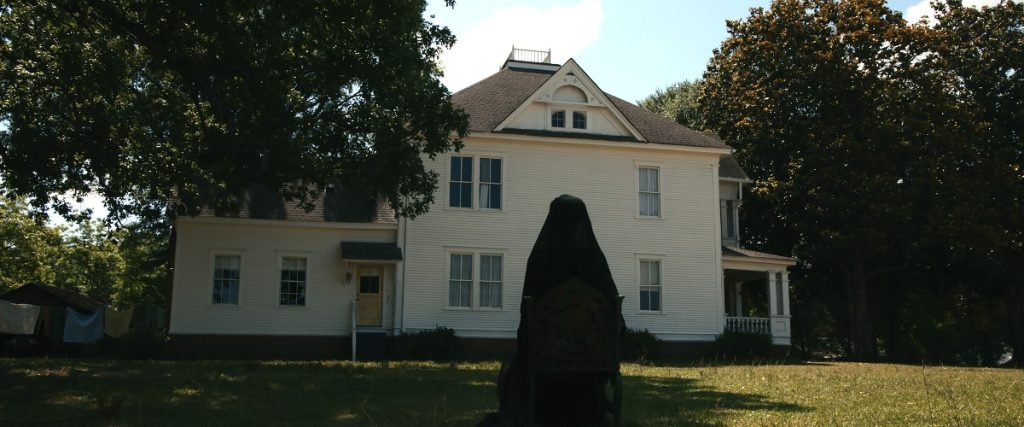Exploring the Dark Depths of Grief: A Review of The Woman in the Yard (2025)
In recent years, horror films have evolved, often focusing on psychological terrors rather than the traditional entities we’ve come to expect—like vampires and zombies. One of the latest entries in this genre evolution is The Woman in the Yard, a film that dares to confront guilt, trauma, and depression head-on. Though the advertisements hint at a typical supernatural thriller, this film reveals a far more complex narrative. Despite this intriguing premise, The Woman in the Yard stumbles under the weight of its ambitions.
A Gripping Premise
At the heart of The Woman in the Yard is Ramona, portrayed with relentless dedication by Danielle Deadwyler. Living on a secluded farm in Georgia, Ramona is grappling with the recent death of her husband in a tragic car accident. As she battles her grief and navigates life on crutches, the situation becomes dire when she awakens to find that their electricity has been cut off due to unpaid bills. The mounting pressures of grief and financial instability create a volatile atmosphere as her teenage son Tay (Peyton Jackson) discovers an eerie woman in a black veil, sitting on their lawn.
Unraveling the Mystery
When Ramona confronts the veiled stranger, the woman appears just as confused as she is, cryptically asking, “How did I get here?” Yet, her blood-streaked hands suggest something far more sinister as she ominously declares, “Today’s the day.” This unsettling tableau sends Ramona spiraling further into a state of paranoia, locking her children away as tension mounts within the household. As secrets begin to unfurl, the film ventures into sensitive territory, best left unexplored if you prefer to avoid spoilers before watching.
A Mixed Bag of Creativity
Under the direction of Jaume Collet-Serra, known for his deft genre subversions in films like Orphan and The Shallows, The Woman in the Yard initially promises more than it ultimately delivers. Collet-Serra's reputation had instilled hope, but the execution often feels lackluster. The screenplay by Sam Stefanek veers dangerously close to being overly literal in its thematic exploration of grief, stripping viewers of the opportunity to draw their own emotional connections.
Performance That Shines
Despite the screenplay's shortcomings, Danielle Deadwyler’s performance stands out brilliantly. From the film’s opening, she embodies a woman desperately clinging to her sanity for the sake of her children, effectively showcasing a rollercoaster of emotions—grief, anger, and horror. Her portrayal brings nuance to the character that elevates the material, resulting in powerful moments that almost manage to resonate.
Final Thoughts: A Flickering Flame
Unfortunately, the film never fully coalesces into a coherent whole. The narrative often feels like disjointed fragments, echoing the more erratic themes found in the works of M. Night Shyamalan. The finale, which aspires to deliver an emotional gut punch, falls short of its potential and leaves audiences feeling unsatisfied.
In summary, while The Woman in the Yard endeavors to carve out a unique place in the horror genre by navigating the intricate landscape of human emotion, it ultimately fails to ignite the spark necessary to captivate its audience. It’s a valiant effort, steeped in originality, yet it may frustrate those expecting a standard horror fare.
Explore More
Fans of psychological horror may find resonance in films like Hereditary or The Babadook, which similarly delve into the complexities of grief and trauma.
The Woman in the Yard is a reminder that sometimes the greatest horrors lie not in the supernatural shadows, but in the profound struggles that dwell within us.






